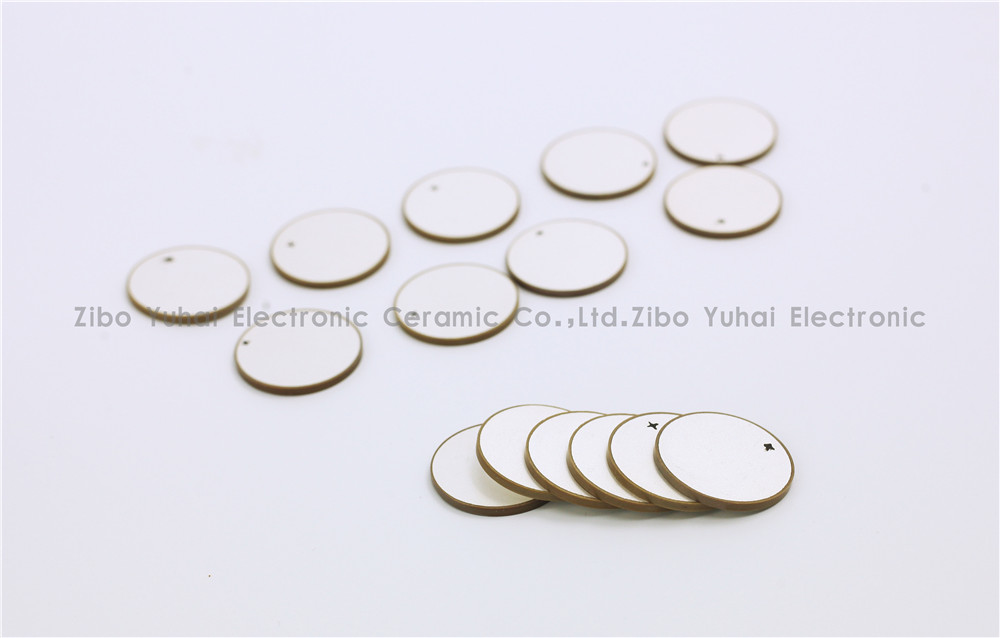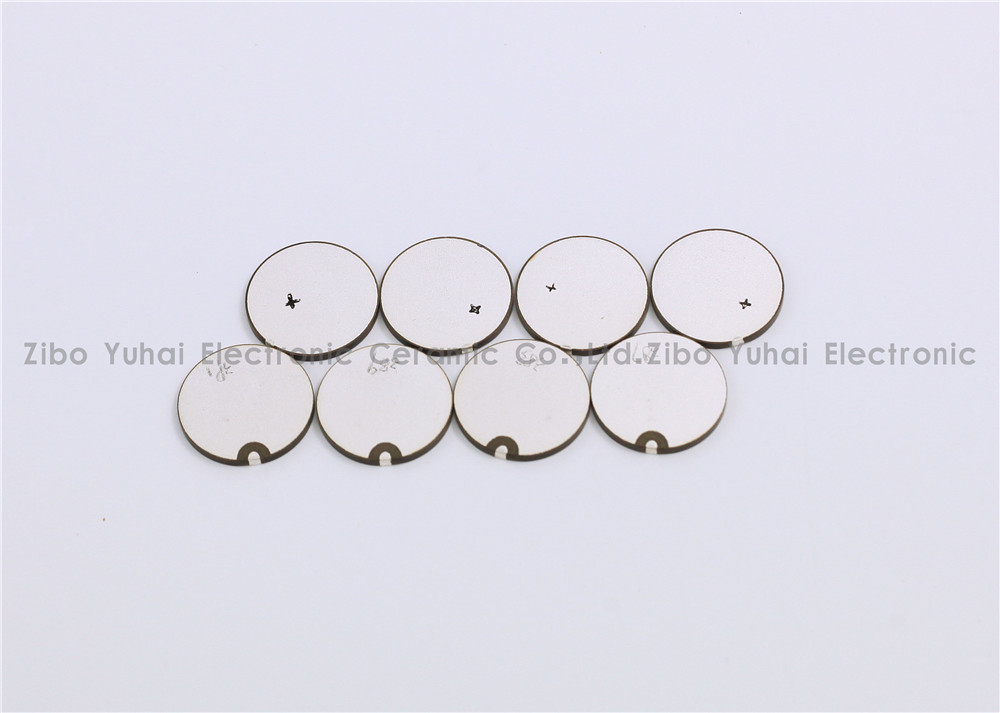There are quite a lot of researches on the color development of white light sources in the world, but everyone still doesn't know much about it. So, what is the color of whiteness? Why are most white LEDs not displaying white well? The main reason is that ordinary white LEDs have great defects in white color rendering. Most of the white objects around us, such as white paper, shirts, and even our teeth, contain fluorescent whitening agents. Manufacturers adjust the whiteness of these objects by adjusting the amount of fluorescent whitening agent. Figure: Napkin containing fluorescent whitening agent under UV irradiation. Fluorescent whitening works in the same way as our familiar phosphors, which absorb ultraviolet and purple light and convert this energy into blue light. And our eyes seem to be within a certain limit, white with a little blue is whiter than pure white. Figure: How the fluorescent whitening agent works. Since most white objects contain such fluorescent whitening agents, we are already very familiar with the whiteness of these objects that have been adjusted by fluorescent whitening agents. For traditional light sources, whether incandescent, fluorescent, or HID contain a certain amount of ultraviolet radiation or a short wavelength of violet light, they can stimulate the fluorescent whitening agent to achieve whiteness, and with these ultraviolet radiation It is due to the principle of illumination of these light sources that not everyone deliberately adds ultraviolet or violet light. Figure: As shown in the gray area on the left side of the figure, incandescent lamps, daylight, and fluorescent lamps all contain 380-430nm short-wave violet and ultraviolet components. LEDs that emit white light from blue-emitting phosphors lack the spectral components of this band. The white LEDs we use today are all blue LEDs plus phosphors. They are basically free of any ultraviolet light and a short wavelength of violet light. It is for this reason that LEDs do not excite fluorescent whitening agents contained in white objects, so those white objects are no longer so white under the illumination of LEDs. Figure: Two LED lamps, CRI are above 80, the following can correctly express different whiteness, the above can not. The reason is: After the spectral design, the following LEDs have an accurate purple light content to stimulate the fluorescent whitening agent. It should be pointed out that it is not that we can solve this problem simply by adding ultraviolet light to the white LED. We have already shown through experiments that people also have a preference for whiteness, and those white objects are not as white as possible. White LEDs require careful spectral adjustment to accurately display the whiteness of those white objects
Piezoelectric ceramic disc
Quick delivery
High performance
Application: flow meter measurement
There are many kinds of USF used in closed pipeline according to the measuring principle, and the most commonly used are propagation time method and Doppler method. Among them, time difference ultrasonic flowmeter is used to measure fluid flow by the principle that the time difference of sound wave propagating downstream and countercurrent is proportional to the velocity of fluid flow. It is widely used in raw water measurement of rivers, rivers and reservoirs, process flow detection of petrochemical products, water consumption measurement of production process and other fields. According to practical application, time-difference ultrasonic flowmeter can be divided into portable time-difference ultrasonic flowmeter, fixed time-difference ultrasonic flowmeter and time-difference gas ultrasonic flowmeter.
Ultrasonic flow-meters use at least two transducers aligned so that ultrasonic pulses travel across the flow of liquid or gas in a pipe at a known angle to the flow.
Technical data:
Electromechanical coupling coefficient Kp: > 0.62
Dielectric Loss tg δ: <2%
Nominal Piezo discs for ultrasonic flowmeter:
OD14.2*1MHz PZT-51
OD14.6*1MHz PZT-51
OD15*1MHz PSnN-5
OD15*2MHz PSnN-5
OD20*2MHz PSnN-5
OD15*1MHz PZT-51
OD15*2MHz PZT-51
OD20*2MHz PZT-51
Size, Frequency and Electrode on request.
Piezoelectric Discs For Flowmeter Sensor Piezoelectric Ceramic Disc,Piezoelectric Disk Flow Meter,Piezoelectric Flow Sensor,Piezo Discs Flowmeter Zibo Yuhai Electronic Ceramic Co., Ltd. , https://www.yhpiezo.com





January 19, 2021